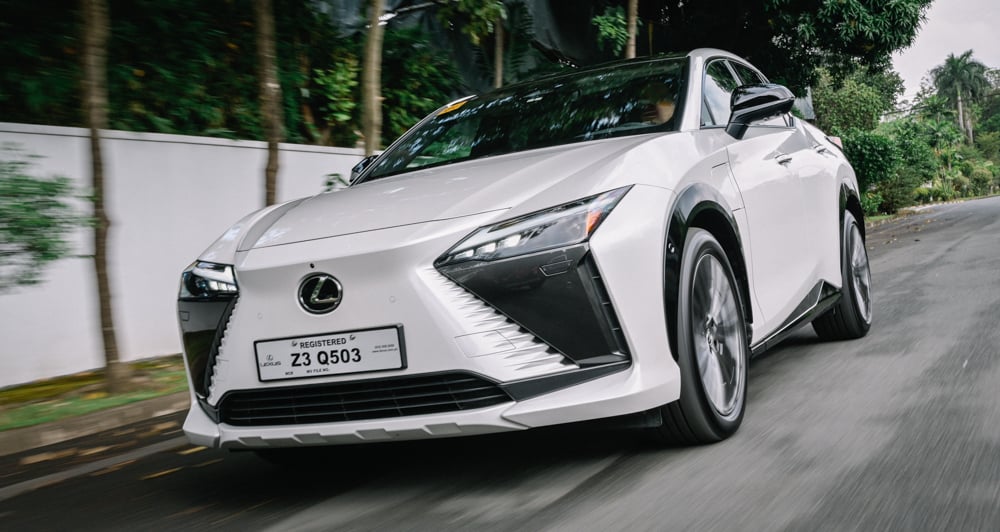
You can just tell the Lexus RZ was born in a boardroom where the suits in charge said something along the lines of: “Alright, we have got to get in with the cool kids.” And by cool kids, they meant the likes of Tesla, Rivian, and Lucid. This is Lexus’s first dedicated battery-electric platform, and they wanted it to be futuristic, edgy, and different.
Again, just like the cool kids. At the end of that meeting, they all presumably agreed to keep the core competencies of the Lexus brand, which are unparalleled refinement, superb build quality, and great driving dynamics—but chuck everything else out the window.
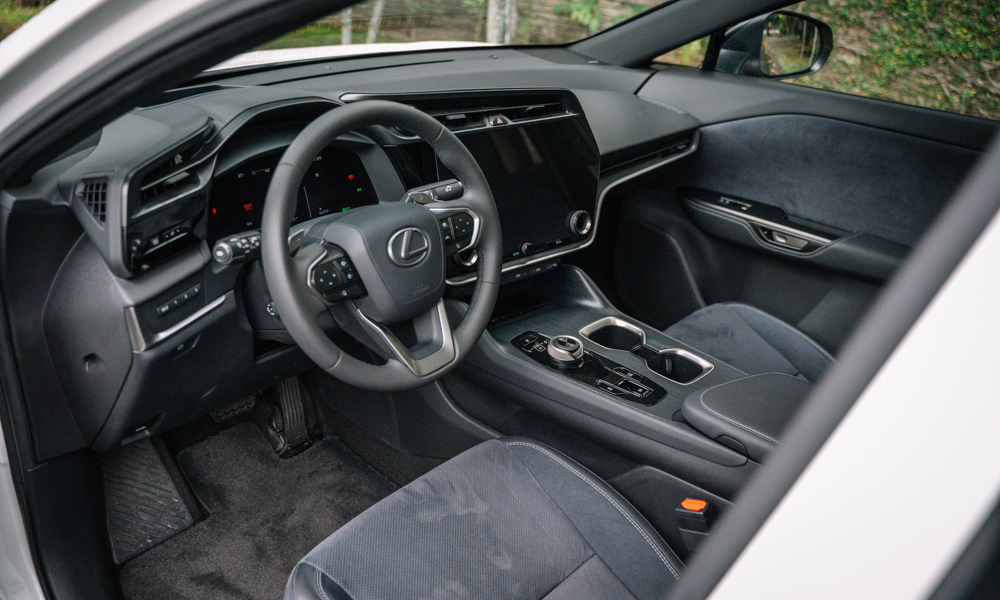
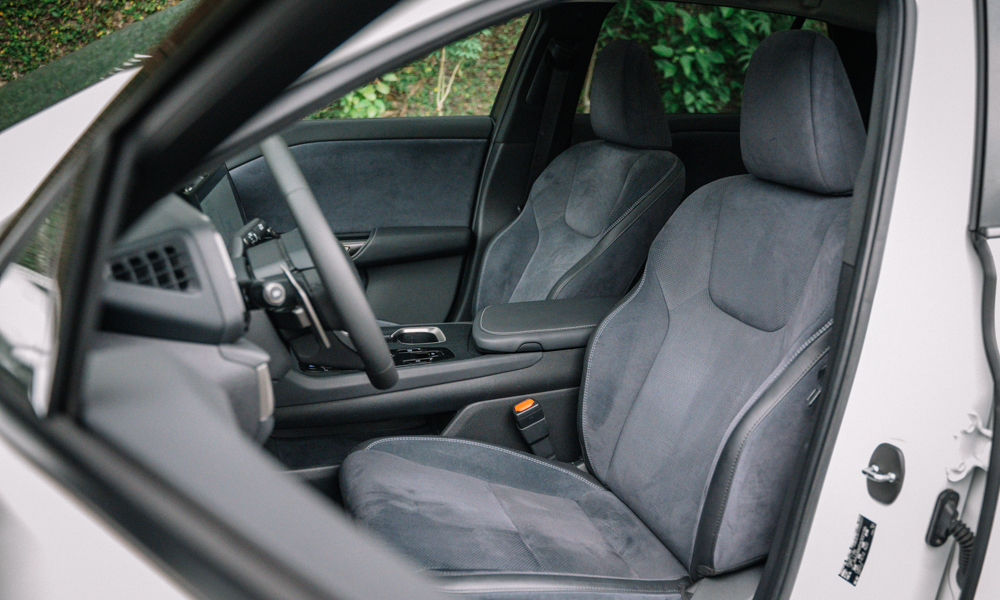
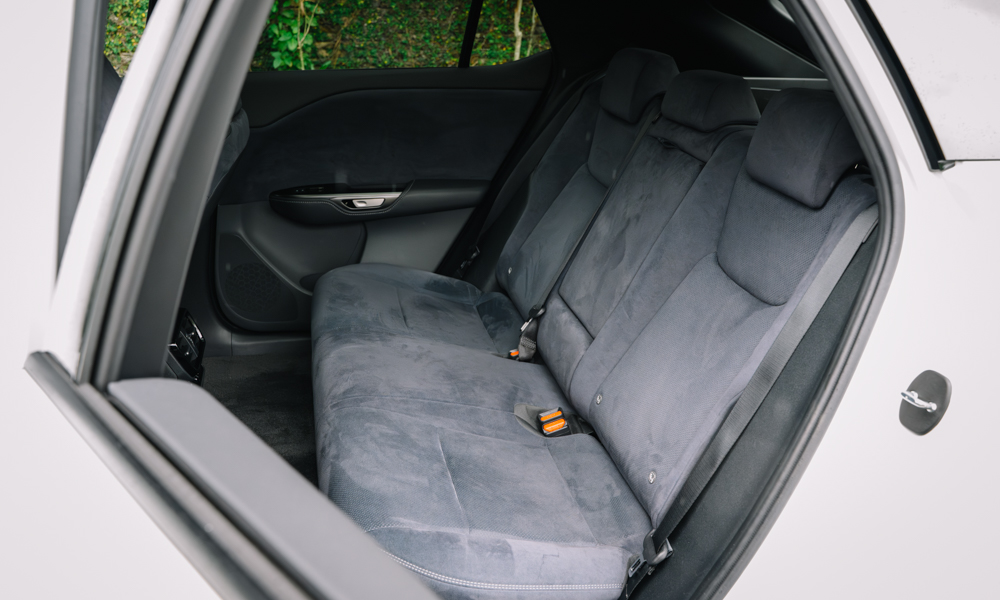
Step inside and you will see exactly what I mean. Right off the bat, gentle bings and bongs greet you instead of the shrill beeps in most Toyota and Lexus models. It’s sparse here; minimalist, in today’s parlance. There’s no color; just shades of black and a strip of silver. Every texture is quirky and unfamiliar.
The steering wheel is wrapped in what looks to be leather, but feels foreign to the touch. The acres of suede on the seats and the door cards are not real suede, either.
It’s something called Ultrasuede (or microfiber made to feel like suede), which you can immediately tell because the fabric is not as taut or rigid as real hide. There’s a splash of wood in a muted shade of, well, black in the center for a slight change in texture, and that’s it.
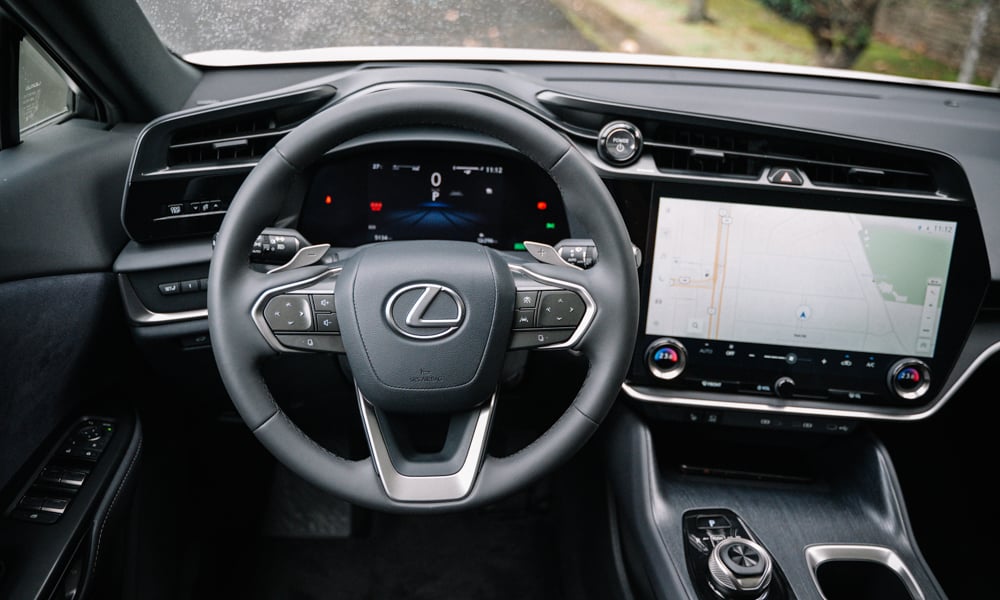


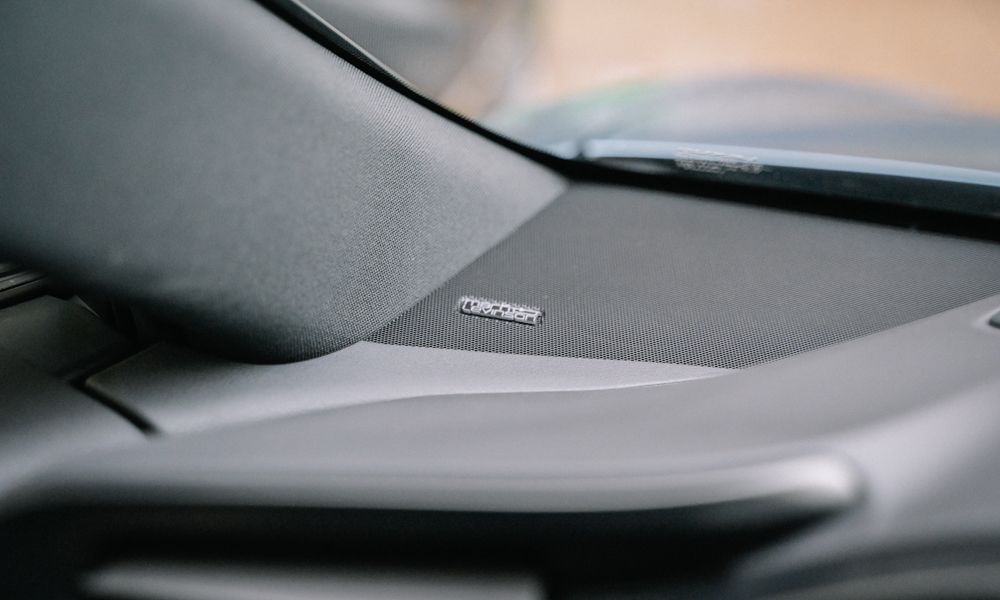
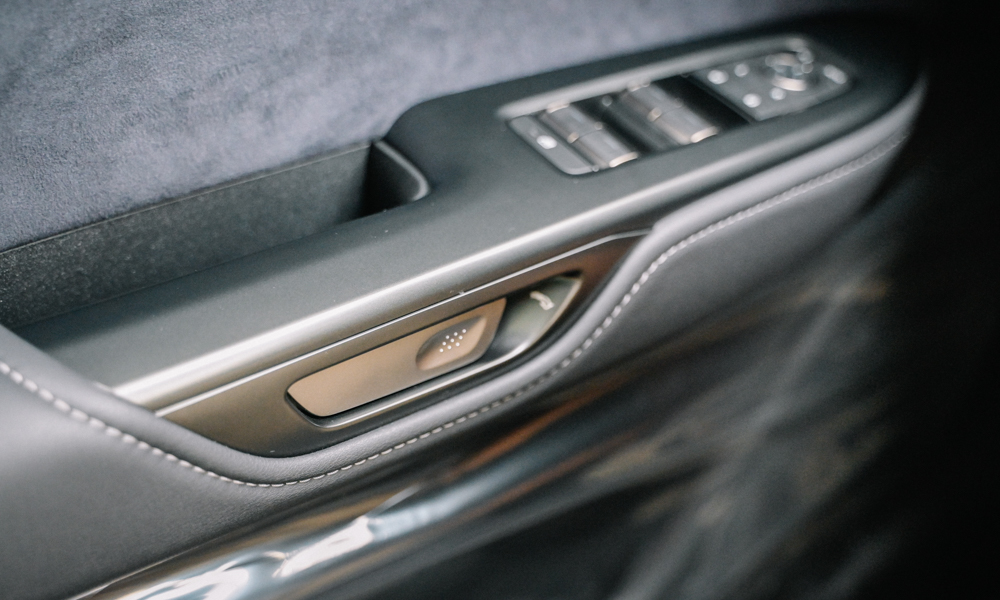
The signature Lexus analog clock is gone. Instead, the power button sits where the clock would probably have been. There’s no glove box. No interior door handles. The gear selector is a weird dial thing you push and twist just like a childproof bottle cap. The roof is made entirely of smart glass that turns opaque and transparent with a push of a button.
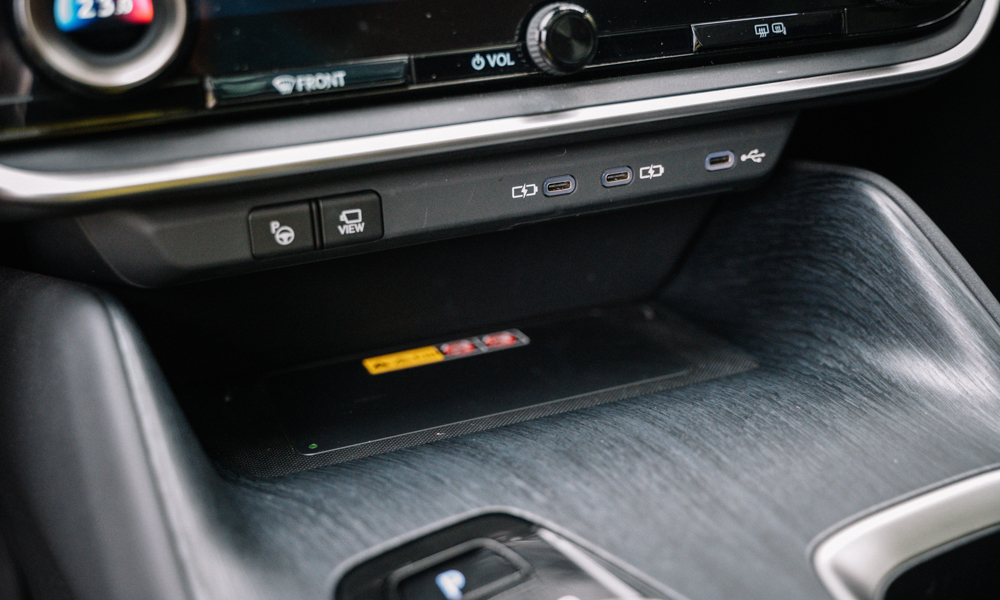
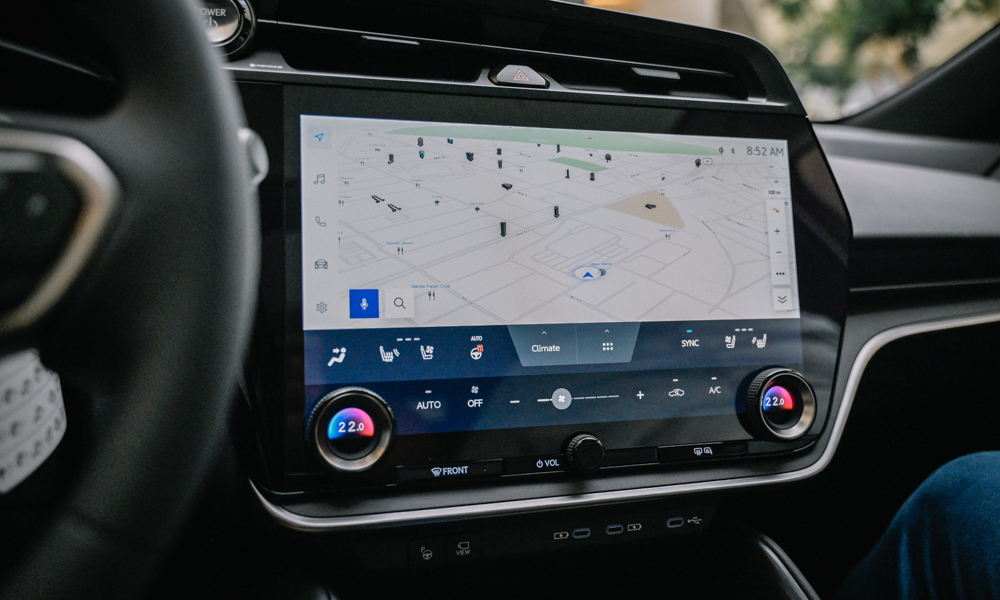
Speaking of buttons, there are all but seven on the entire center console, and that’s including the power and hazard light buttons.
Far too many for a Tesla, but way too few by Lexus standards. Thankfully, there are dials for the stereo volume and the dual-zone climate control temperatures.
Of course, removing buttons from the interior necessitates finding someplace else to put them. The dashboard is dominated by a huge 14-inch infotainment display, and everything is in here. The interface is very similar to the one found on the RAV4, which is most likely on other Toyotas as well.

Using a preexisting system for this particular application means tacking on plenty of ancillary features that were never really there due to the omission of buttons.
Infotainment and electronics were never Lexus’s strong suit to begin with, but this system was frankly maddening to live with. So much so that I missed the silly little trackpad thing that Lexus used to put in cars.
The screen could honestly be better and isn’t as crisp or responsive as something you would find in a BMW or a Tesla. I found myself digging through pages and pages of menus just to find the most essential controls such as equalization options, and getting back to the main infotainment system from CarPlay.
Information from the cameras is constantly being thrown at you as soon as you brake, and it will override any other display you had up on the screen.
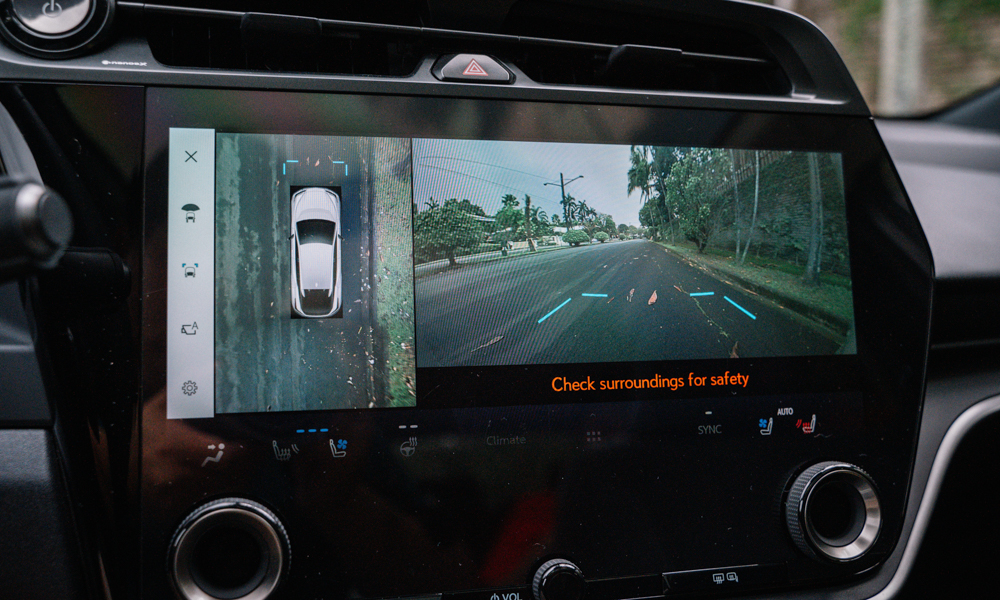
So imagine this scenario: You’re driving along to a location you have never been before, fully reliant on the directions Waze is giving you. You see an intersection coming up. You gently apply pressure to the brake pedal, scrub speed, and look down at the screen to verify if this is indeed where you’re supposed to turn. But alas, the RZ decides it must show you the rear end of the pedicab in front of you, which you already saw through the windshield with your own eyes.
And this happens every single time you brake, or anytime the sensors detect something in the next neighborhood. Trying to change driving modes? Whoops, camera feed. Want to see the Direct4 display showing how much power is going through each wheel? Wait, camera feed. A little too cold? Let’s turn the fan speed down. Oh, wait, let’s watch people cross the street through the camera.
And it’s not the best 360° camera interface, I must add.
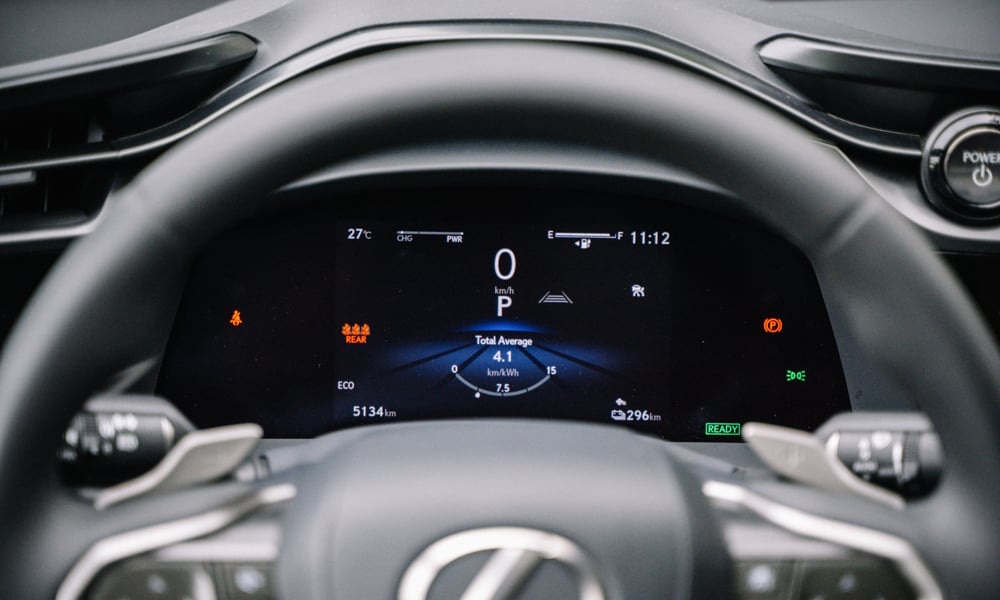
The gauge display is diminutive compared to its housing and is quite low-resolution. There’s not much that it does other than display your driving info. And also, customization options for this screen are on the main infotainment display instead of on this screen itself, which is what you would normally find on other high-end luxury cars.
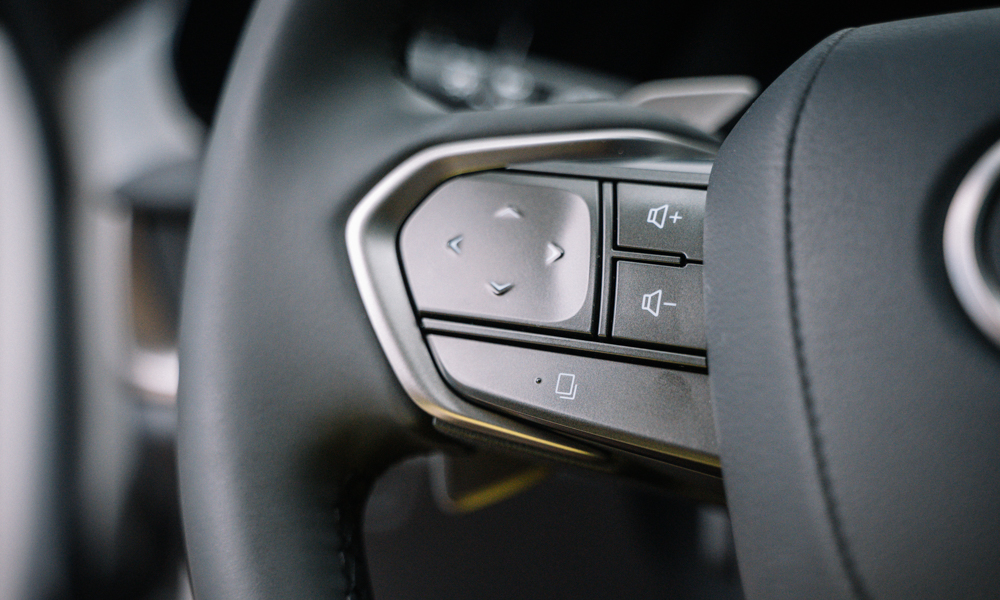
Then we get to the steering wheel controls. They’re both capacitive and physical buttons. Hover your finger over them and the HUD will show you what functions they are going to perform. You can try to memorize the functions, but it won’t work unless you hover first and then press.
And therein lies the problem. The whole premise of having a heads-up display is to project vital driving information within the driver’s line of sight so the driver does not have to take his eyes off the road.
If it has to double as a display to show other non-driving-related things you won’t see on the other two screens, then it defeats the purpose. The negative space in the gauge cluster could have been put to better use to declutter the HUD.
The electronics should make driving safer and easier. But there’s just way too much going on all over the place that it detracts from the driving experience as a whole.
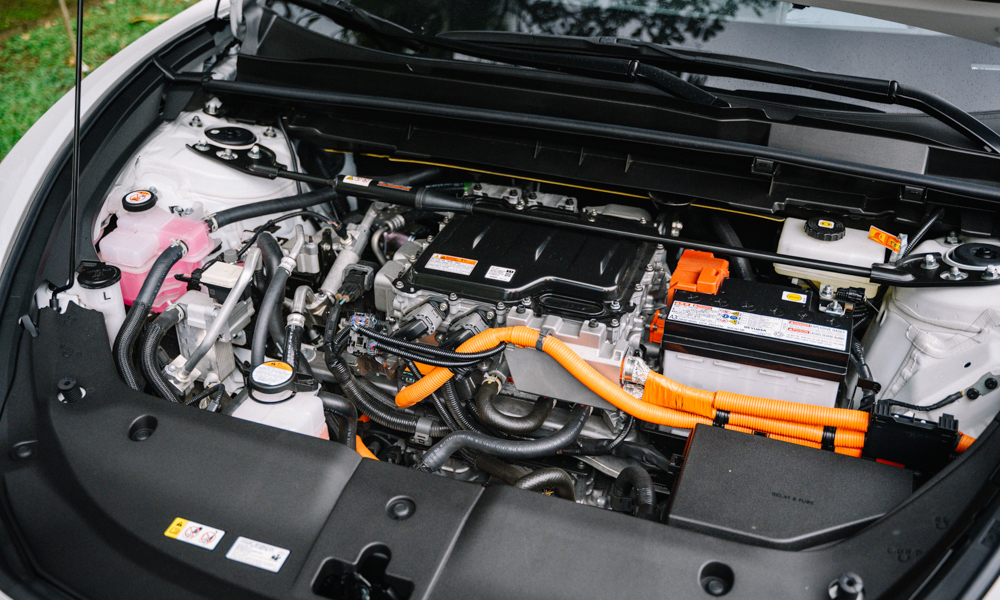
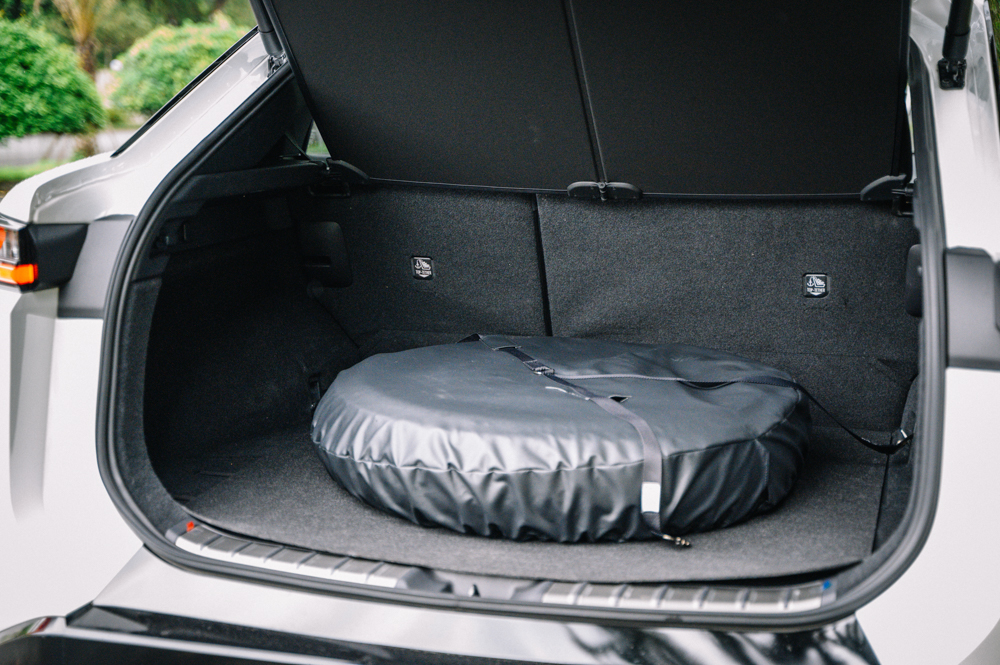
Then you start to dig even deeper and find more evidence to suggest that the futurism isn’t quite there. Pop the hood and that’s still an engine bay instead of a front trunk. The actual trunk is already compromised by the tailgate’s shape, which reduces the amount of cargo you can carry, and then you find that the spare tire has to eat up some more space because there’s no other place for it.
Interior space is not exceptional for a car this size, even with the thinner seats.
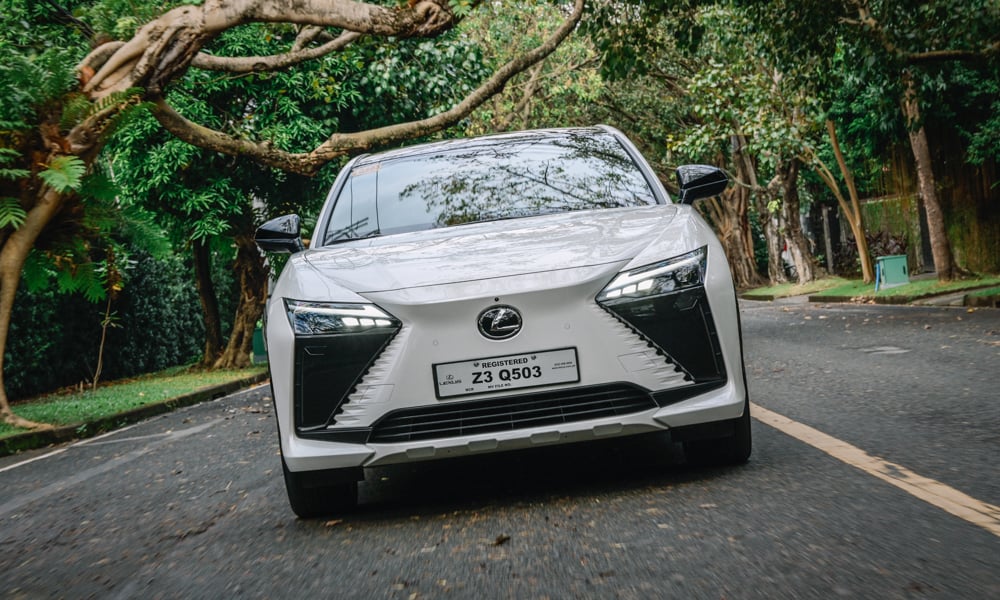
But after everything has been said and done, the RZ is still a Lexus. That means you still get the spindle grille, although only its silhouette remains as it has been blanked off due to the absence of componentry that requires airflow. And while Lexus’s styling has been quite polarizing as of late, there’s no denying that the RZ is absolutely stunning in the metal.
It sits in the middle of the NX and the RX in terms of size, and looks similar to the two but with a few differentiating features. Apart from the spindle grille mentioned earlier, the hood is also much smaller with the fenders arching over to the inner edge of the headlights. Down the sides, it’s all usual Lexus business.
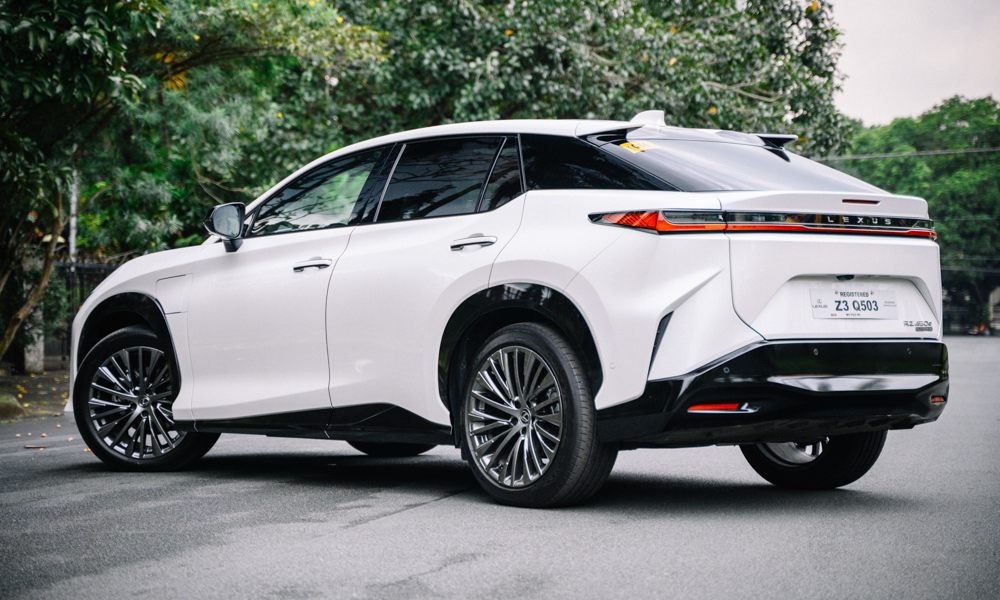
The biggest aesthetic difference, however, is the RZ’s gorgeous rear end. The UX, the NX, the RX, and even the LX all share the same general rear-end design—just in different sizes. But the RZ’s is completely different.
Slender strips of light run across the tailgate giving it a sleek and modern aesthetic to match the car’s minimalist mantra. Coupled with the fastback-style tailgate design, the rear end easily becomes the RZ’s best exterior feature.
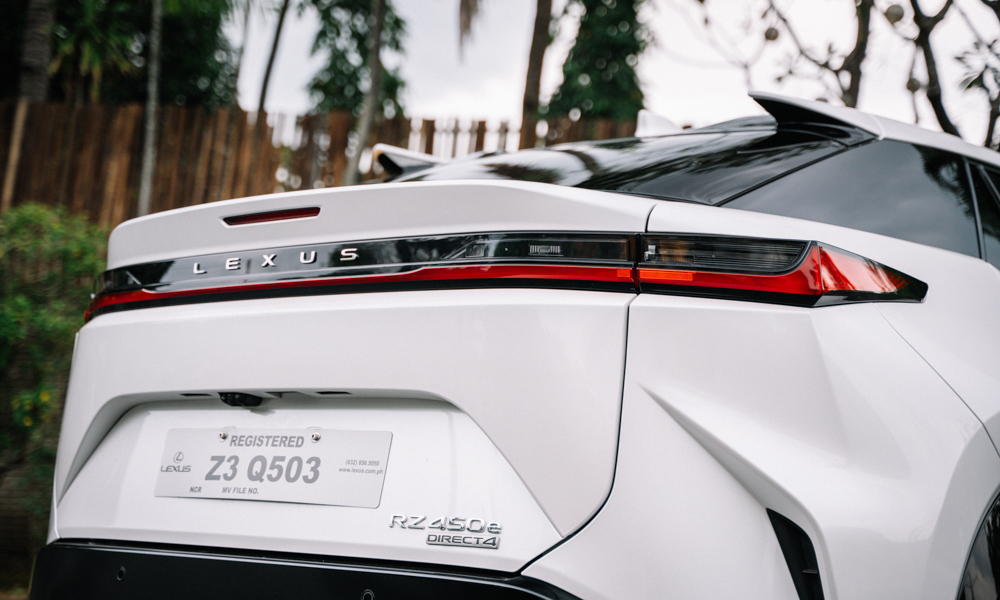
Furthermore, as a Lexus, it still gets the acoustic double-glazed windows, plush Lexus carpeting, impeccable NVH levels, magic carpet-like ride quality, and deep, glossy paintwork. And unlike the cool kids, you won’t find any build quality issues or uneven panel gaps in the RZ450e. As a result, this car achieves the refinement and luxury that Lexus has long been chasing.
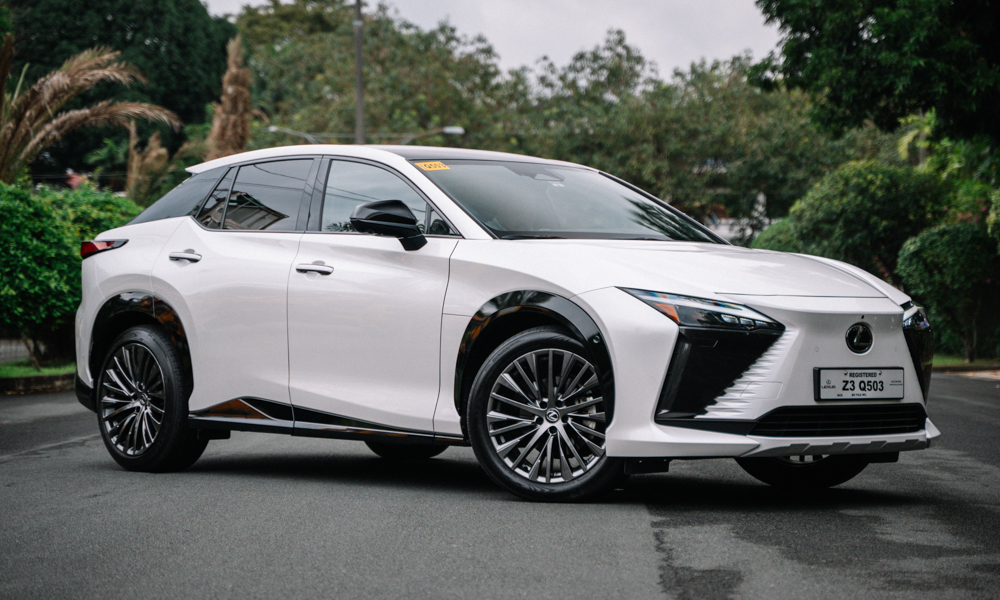
ICE-powered Lexus models can—to a certain extent—feel and sound like an electric vehicle if not for the initial crank of the starter and the faint vibration that comes through the steering wheel because of Lexus’s anal attention to NVH.
But no matter how smooth the 2GR V6 or the 1UR V8 is, there is just no way to completely drown out the noise and the vibrations from a machine that ignites old melted dinosaurs in multiple cylindrical chambers. There’s bound to be some sound, some vibration that you can’t dial out. And you’re still going to feel the transmission shift.
With an electric motor, though, the Lexus refinement recipe is perfected. Lexus applied everything it does to its ICE cars onto the RZ even if there’s no engine and transmission to insulate from. The cabin is so whisper-quiet that I could hear myself thinking of the words for this review in my head, and you will completely forget that Suzuki Raider 150s with open pipes ever existed.
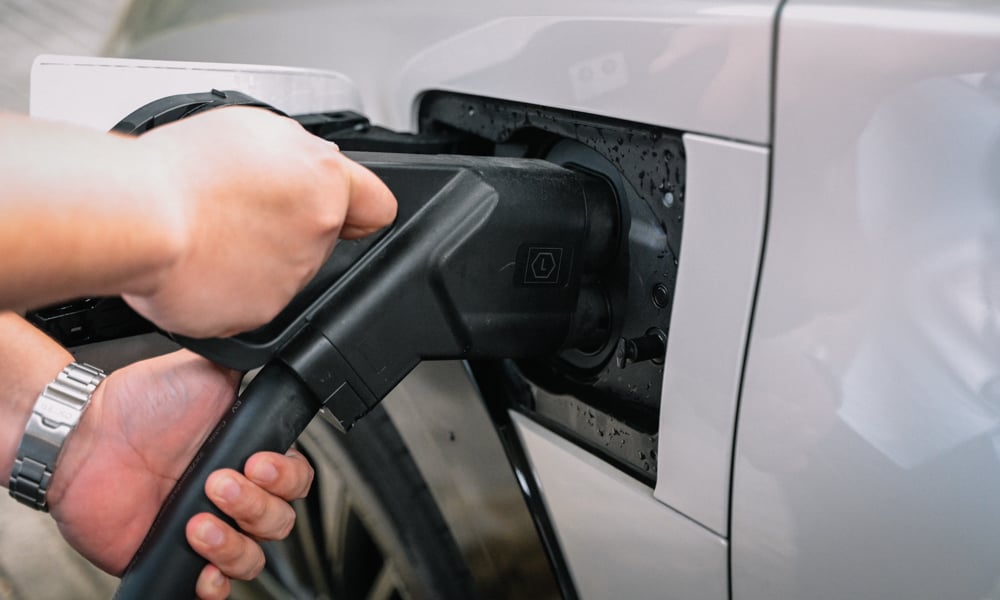
The dual electric motors are mounted on each axle, making the RZ all-wheel-drive. The two motors are good for a combined 308hp and 434.8Nm.
It only takes the RZ 5.3 seconds to go from zero to 100km/h with neck-breaking torque to go along with it. Power comes from a 71.4kWh battery with a claimed 470km of range.
We got it with 340km of range at 92%. After 140km of driving, it was down to a hundred. But take note that 340km is just over 70% of the claimed 470km.

While the US market gets steer-by-wire with a yoke as an option, the local RZ sticks to a more conventional electric power steering system that works very well. Though lacking in feel, it is sharp and quick for an SUV of this size.
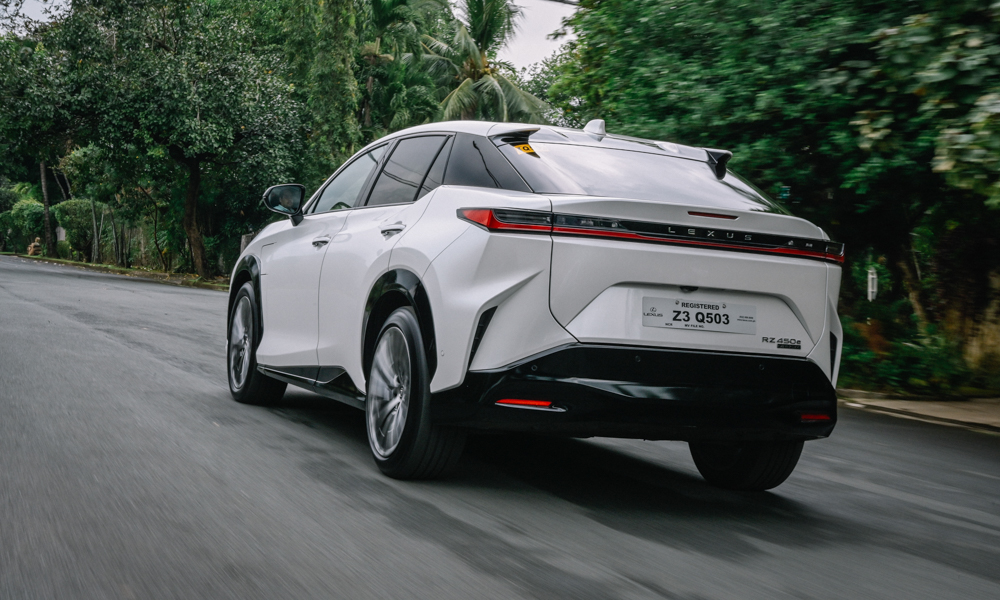
Locally, the RZ’s closest competitor would have to be the BMW iX3. They are very similar in size, price, and power. And infuriating electronics notwithstanding, the RZ can hold its own against the Bimmer. It is perfectly capable of going head-to-head with the iX3 (or even beating it) in terms of power, driving dynamics, and comfort.
The thing is, though, is that the Bimmer makes no bones about being a normal car with an electric powerplant. There are no gimmicks on the iX3. The Lexus isn’t as straightforward. You will love everything that is so Lexus about it, but you will also have to accept all of Lexus’s questionable experiments on it.
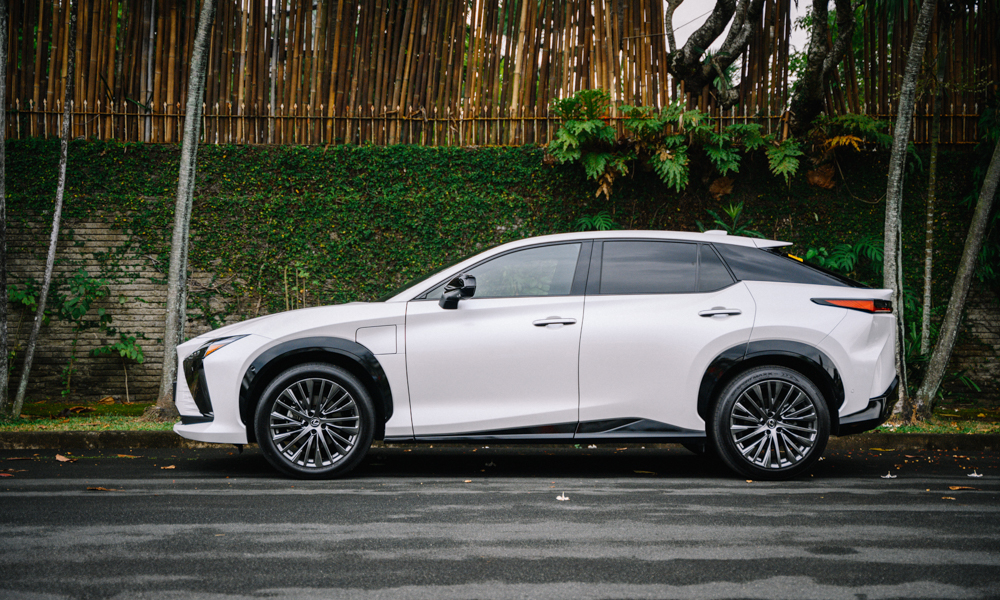
In many ways, it’s the Lexus we all know and love, but in some ways, it just isn’t. Ultimately, as a futuristic model to take the fight to the new players in the EV game, the RZ is not quite there yet.
The RZ450e is a good first try, and Lexus is on the right track. But packaging and electronics are the two key areas they didn’t quite manage to get right. Knowing Lexus, I’m sure they will figure it out soon enough. For now, however, the RZ is close but no cigar.
LEXUS RZ450e DIRECT4
| Engine | Dual permanent magnet electric motors |
| Transmission | Single-speed reduction gear |
| Power | 308hp (combined) |
| Torque | 434.8Nm (combined) |
| Dimensions | 4,805mm x 1,895mm x 1,635mm |
| Drive layout | AWD |
| Seating | 5 |
| Price | P4,828,000 |
| Upside | Beautifully styled with the electrified performance to match. |
| Downside | The electronic features are much too convoluted for their own good. |


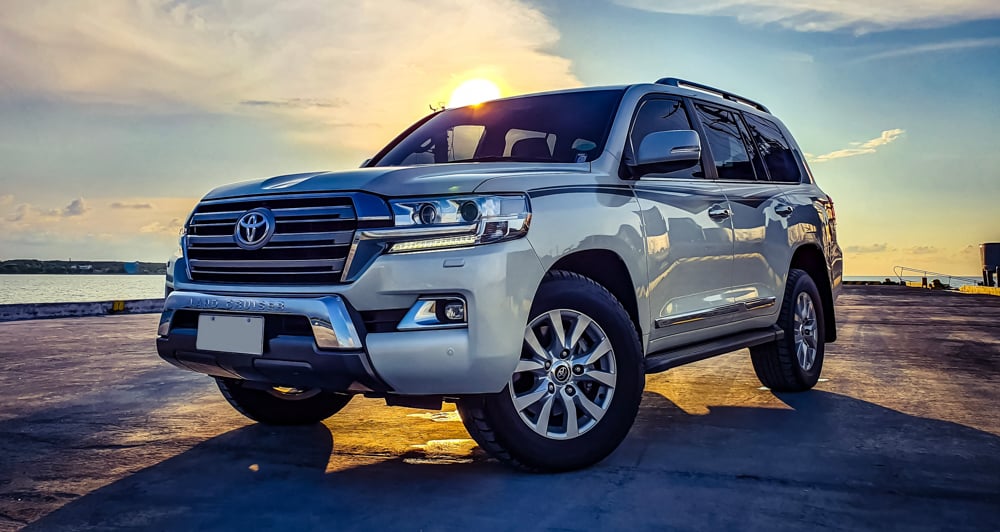
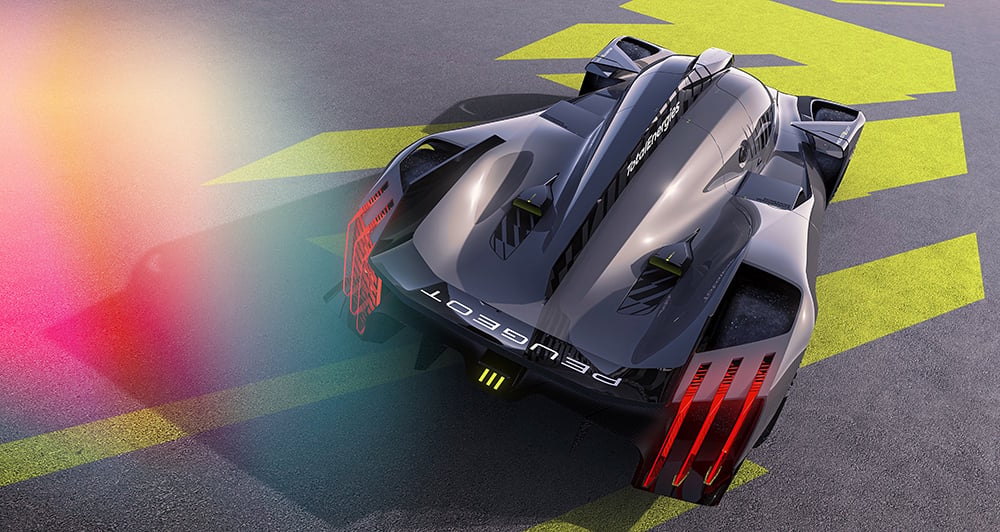



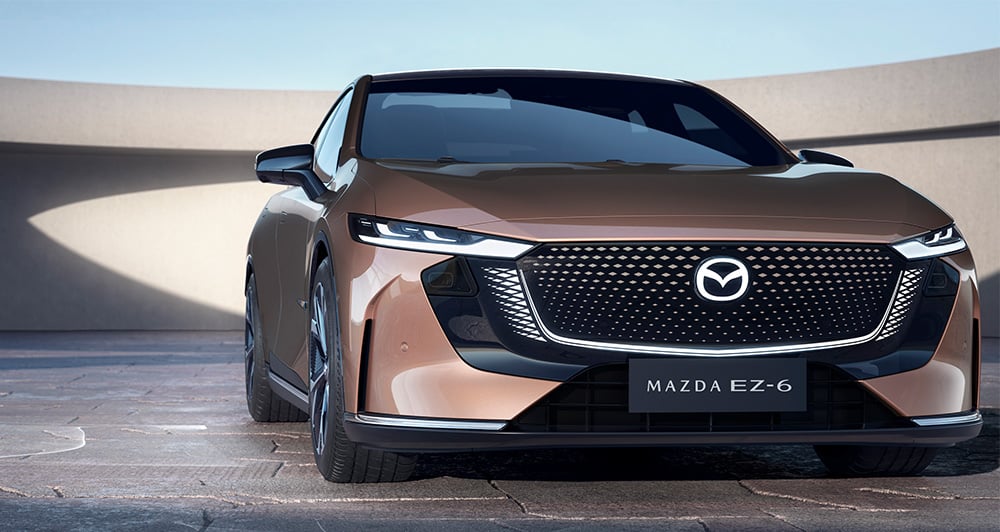
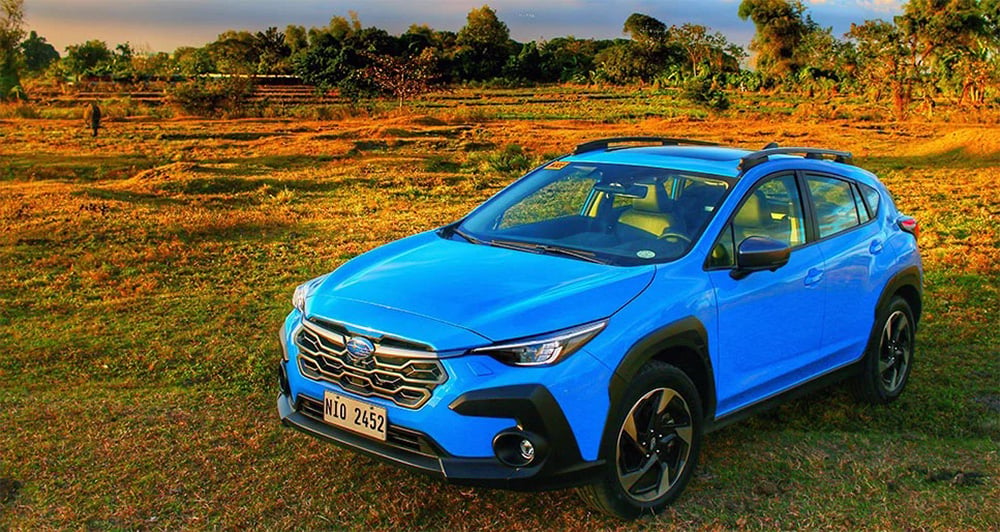

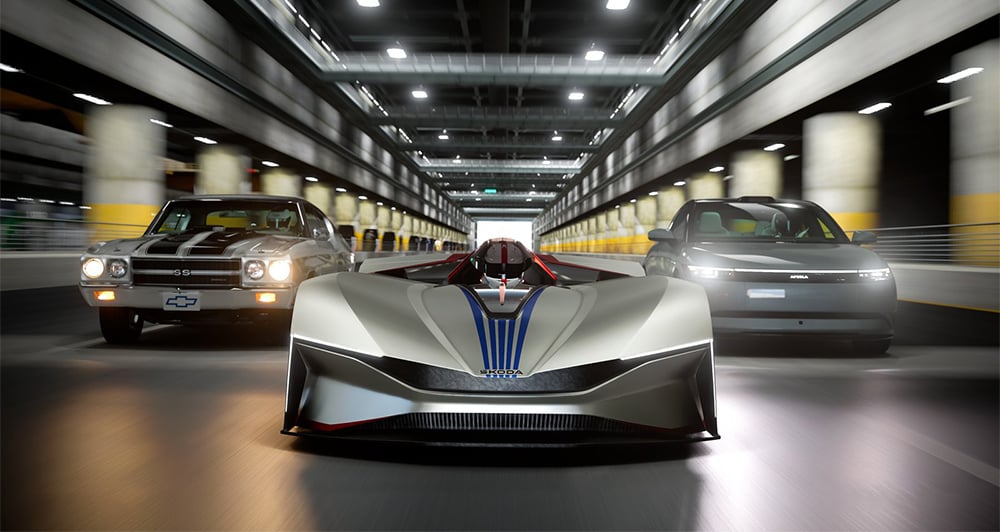
Comments